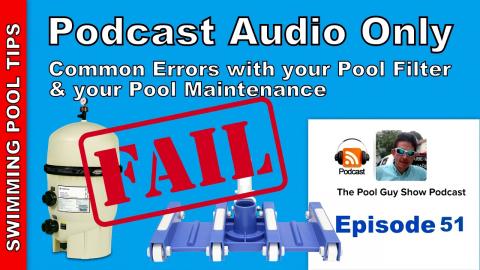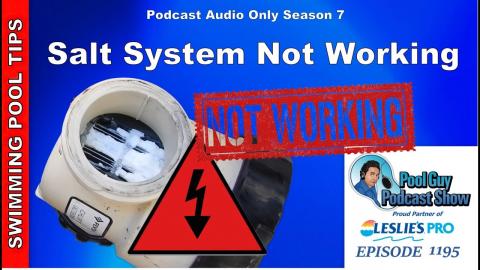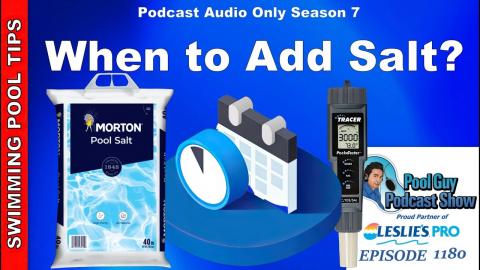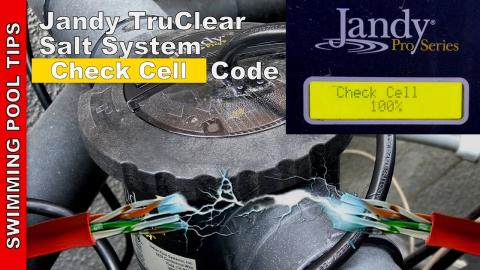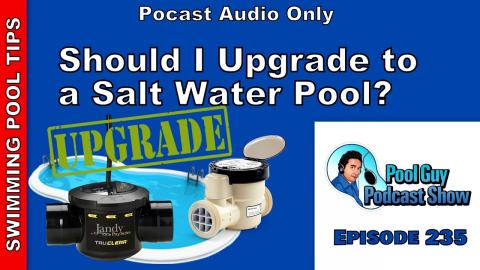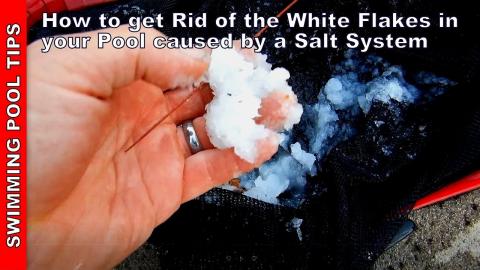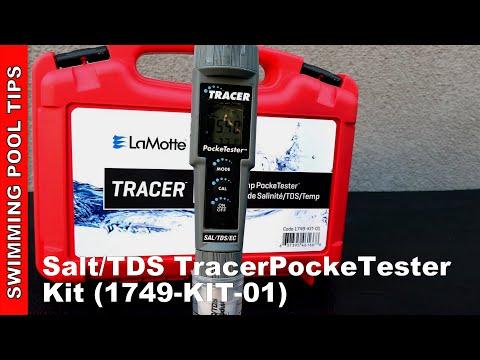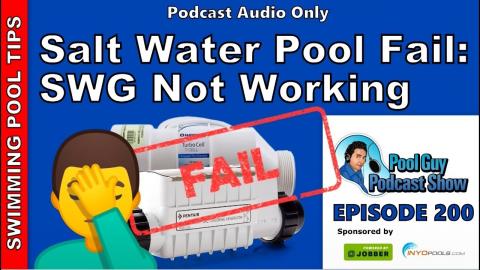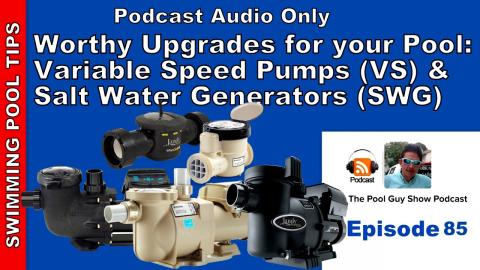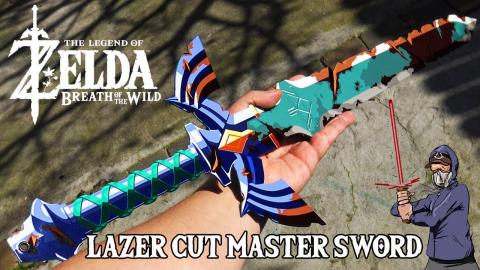When Not to Add Salt to Your Pool
Description
Adding salt to your pool seems like an easy task but there are some things you really need to know before you dump in a few 40 lbs bags. The first thing of course is does the pool actually needs salt added. It sounds simple enough but it is one that needs answering first.
Chapter Marks:
00:00 What to Expect In this Video
00:57 Intro in Saltwater pools
2:00 Systems that read Salt Level
2:58 False Salt Reading
4:14 Digital Salinity Meter Test
8:12 Non-functioning unit
9:30 New builds
14:20 Non-salt pool
Here are some reasons why you should add salt:
Digital meter shows salt level under 3000 ppm
Water temperature is over 60 degrees F
The pool surface is over 60 days old (new build or remodel)
The saltwater cell is clean and functioning
You have a saltwater generator on your equipment
Here are some reasons when you should not add salt:
You do not have a saltwater generator attached to your pool equipment
The salt cell is dirty
The system is showing low salt – built-in salinity monitor
The pool plaster is fresh, under 2 months old
The water temperature is below 60 degrees
If you follow this basic rule you will have little issues with adding salt to a pool when it is not needed.
I have gotten a few emails over the years from folks who added salt to their pool to make it a saltwater pool, without having a saltwater generator installed. All this will do is just raise the pool’s TDS to 5000 ppm. This will make the pool hard to maintain so adding salt to a pool to make it a saltwater pool requires a saltwater generator. Pretty cut and dry and you can’t make a pool a saltwater pool by just adding salt.
If the salt cell is dirty the system can give you a false low salt indication. It is because the calcium on the plates reduces the electrical current and the system may think the salinity (salt level) is low, when in fact it is not. Cleaning the salt cell will reset the system in most cases and the proper salinity reading will appear on the display after a few hours or the next day.
Using a digital salinity meter is a must. Get a good one and the more you pay the better quality the meter will be. I have several videos on them and the LaMotte, Hach, and Oakton models are the top 3 in my book. I trust the digital meter readings over the system reading and will never add salt without first getting my separate independent reading.
I understand that the pool builder has a two-week close-out when the pool is finished. They are not really in a rush to add salt but since they are handing the pool off they want everything to be done. So many will add salt in the first 2 weeks of the fill. In my experience waiting 30-60 days is a better idea and will eliminate issues with plaster staining and very high uncontrollable pH. As the plaster cures, there is already a high acid demand and with the saltwater generator also raising the pH it will be hard to prevent scale from forming as the plaster cures. Not as bad as a problem in a PebbleTec, Vinyl, or Fiberglass pool but for plaster, I would wait at least 60 days before adding salt.
Some reasons why the salt cell may not be producing chlorine are that it is too small or not rated for that pool size or the CYA level is too low. It may not be a low salt level causing the issue. Also low water temperature under 60 degrees F in most cases will cause the salt system to stop producing.
Each SWG has different salt cell sizes. For example, the Intellichor 40 and Hayward T-Cell 15 are rated for a pool of up to 40,000 gallons. The Ichlor 30 and Jandy TruClear are rated for pools up to 30,000. The Intellichlor IC20 for a pool up to 20,000-gallons. Your salt cell should be rated for your pool size to be effective. If you put an IC20 in a 25,000-gallon pool it will need to run 24/7 just to be partially effective. An IC40 in a 15,000-gallon pool would be ideal with plenty of margins.
Like any other form of chlorine, the SWG is producing chlorine that needs to be protected from the harsh UV rays of the sun. Ideally, your CYA level should be 30-50 ppm but if you notice the chlorine level is still not holding you can increase the CYA to 80 ppm. If the CYA is below 30 ppm chances are your SWG will be producing chlorine at a rate that is less than the burn off from the UV rays. Check to make sure the CYA is at alt least 30 ppm.
Visit my Website: http://www.swimmingpoollearning.com/
eBook: https://www.swimmingpoollearning.com/swimming-pool-care-ebook
YouTube Video Index: http://poolmandave.blogspot.com/2014/03/swimming-pool-tips-reviews-how-to-video.html – A list of all of my videos.
Join me on Patreon: https://www.patreon.com/poolguycoaching
Podcast: http://www.buzzsprout.com/110832
Shop at Leslie's: Leslie’s Pool Supplies has been do-it-yourselfers and pool trade professionals trusted partner since 1963, providing quality products and services to make pool care easy and solutions and expertise to do it right. http://lesliespool.com/?utm_medium=referral&utm_source=spll&utm_campaign=spll


